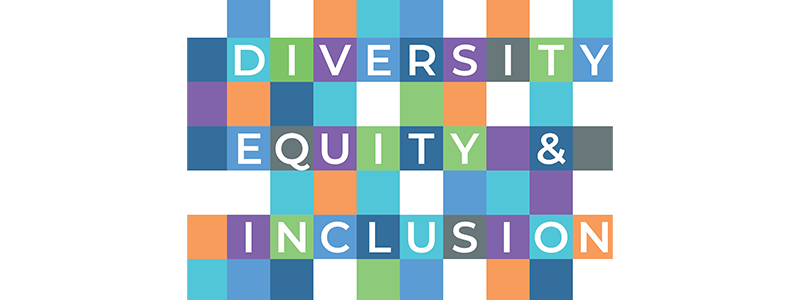
Growing up, whenever Rachel Herron, PT, DPT, walked into a clinic, she noticed everyone around her. As a woman of color, she rarely saw herself reflected in what she saw.
"I didn't see my first brown physical therapist until I got to PT school. Seeing her was like seeing a unicorn," she says. "It changes your sense of safety and comfort. If you see yourself reflected, you feel there's more of a chance you won't be harmed in the experience. Maybe they are less likely to say something offensive, even if it wasn't intentional. It makes a difference."